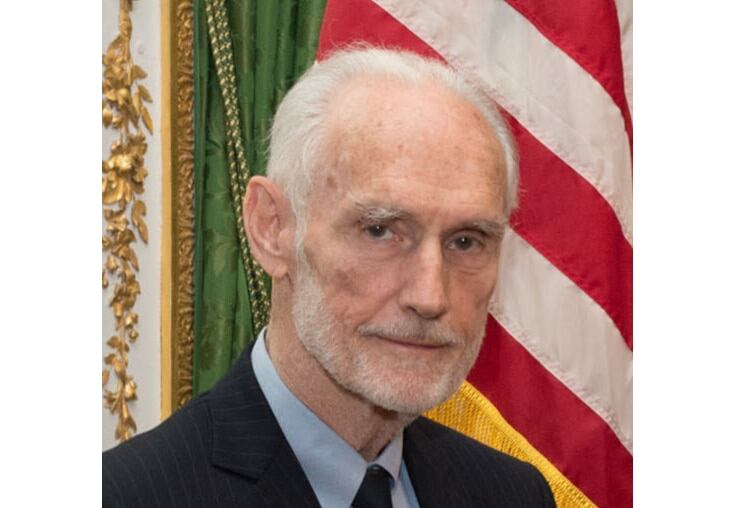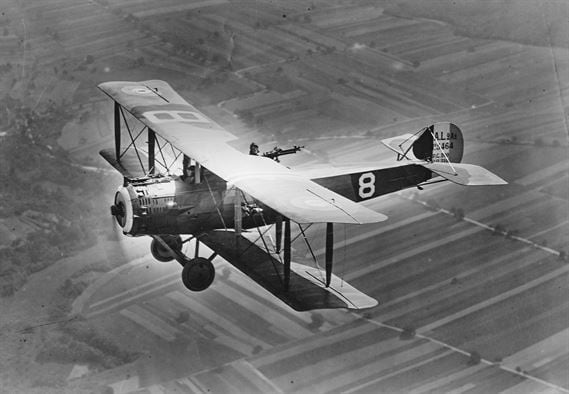The legacy of America's role in World War I continues to be felt throughout our nation a century later, but perhaps nowhere is it more self-evident than on the airfields of the U.S. Air Force.
American visionaries of World War I looked beyond the limits of their fragile contemporary aircraft and envisioned the enormous potential of airpower, from air supremacy over the battlefield to strategic strikes deep within an enemy's heartland. Now lionized as one of a handful of global thinkers who championed the role of military aviation, Billy Mitchell would command all American air combat units in France by the time of the armistice. Many believe he purposefully sacrificed his career rather than see airpower throttled in its infancy.
But Mitchell was not alone in recognizing that World War I was the costly and bloody incubator for what would turn out to be a military aviation revolution. The Germans brought unprecedented fighter tactics, technology and strategic bombing to the conflict. By the end of the air war, they were introducing duralumin monoplanes that would herald the end of fabric and wire.
The British created a totally independent air arm while deploying large, multi-engine seaplanes to spot U-boats and enemy battle fleets. The French not only created strong, nimble biplanes, they reinvented an industrial base that could produce 36 different innovative aircraft during the war, despite the enormous loss of men suffered by their army on the battlefield.
The U.S. Army Air Service was created soon after America's declaration of war, but even Mitchell's genius couldn't marshal an anemic, nonexistent American aviation industry before hostilities were concluded. Instead, there would be years of congressional review, presidential commissions and internal reports at the War Department before the value of a strong air arm became self-evident.
World War I, and its demonstration that the nation that ruled the skies would determine the next victor, had changed the ground rules of combat forever. It would take another world war before the Army Air Forces became the U.S. Air Force, but the die was cast a generation earlier, and men like Mitchell, Henry "Hap" Arnold, Curtis LeMay, Ira Eaker, Carl "Tooey" Spaatzand Elwood "Pete" Quesada, to name just a few, would ensure those lessons forged the tip of the spear of America’s military.
World War I changed the world and America, and our nation's pioneering combat airmen sowed the seeds for what would become today's Air Force. In recognition of this legacy, the World War I Centennial Commission has created a national dialogue that compels all of us to reflect on the lessons of this conflict and the sacrifice that was asked of our fellow Americans 100 years ago.

Retired Air Force Gen. Merrill McPeak
Photo Credit: Courtesy of Sunshine Sachs
Retired Air Force Gen. Merrill McPeak was chief of of the Air Force from 1990 to 1994. He is the chair of the American Battle Monuments Commission and advises the World War I Centennial Commission.




